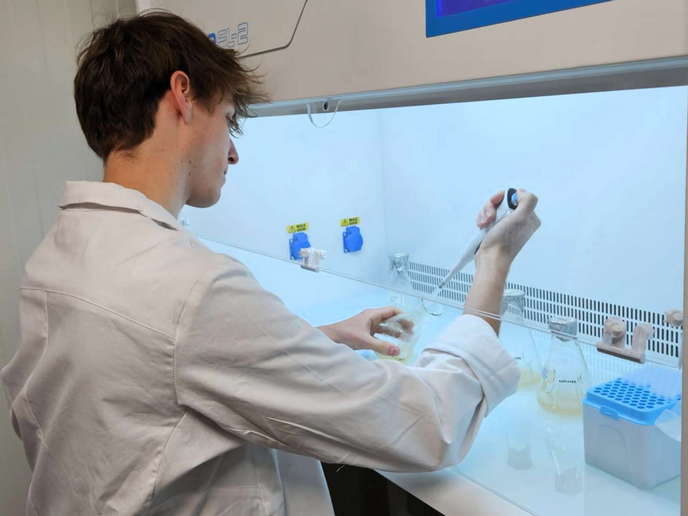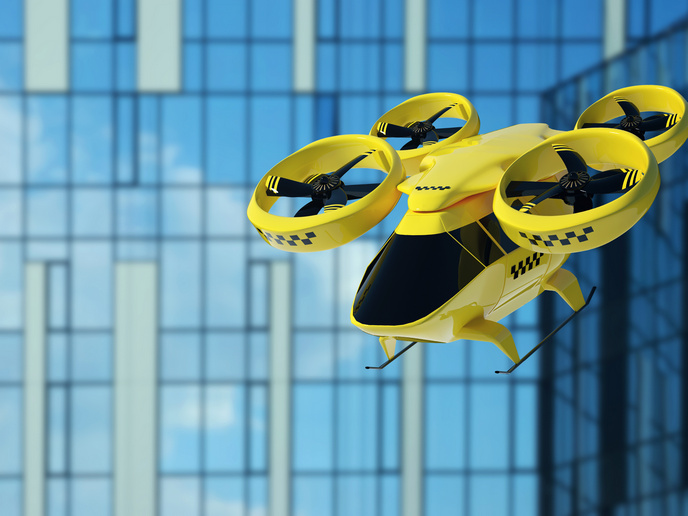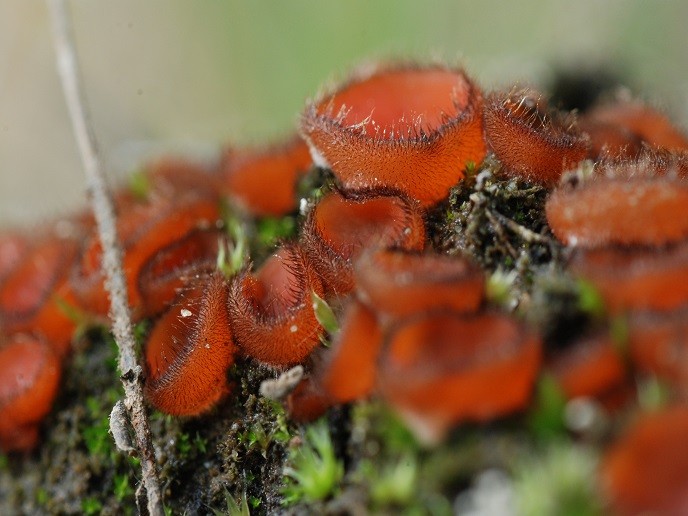New environment-friendly anti-corrosion process for aluminium
Al is the second most commonly used metal after iron. Applications abound in the aerospace, architectural and marine sectors as well as in domestic products. It is typically anodised (coated with a protective oxide layer via an electrolytic process), after which the pores are sealed with a solution of hot water and ‘hexavalent chromium’ (Cr(VI)) to enhance corrosion resistance. Although this method has been used for decades with great success, Cr(VI) is now a known carcinogen and industry must find an eco-friendly alternative. Recognising the critical importance to industry and EU citizens as well as the environment, the EU-funded project CHROMFREE (Chromium free surface pre-treatments and sealing of tartaric sulphuric anodizing) developed a new process whereby all the steps use solutions that are free of environmentally hazardous hexavalent chromium compounds. This process comprises steps for pre-treatment, ‘Tartaric sulphuric acid’ (TSA) anodising , sealing and subsequent painting. Validation of this process was conducted through extensive testing to ensure that the coated parts met all the requirements as established by the Airbus aircraft manufacturer. All steps in the process developed by the project partners are therefore free of Cr(VI) compounds. They also fill a technological gap of previously developed ‘Tartaric sulphuric acid anodising’ (TSAA) processes, which included Cr(VI) compounds in pre-treatment, sealing and painting steps. CHROMFREE will reduce the ecological footprint of aircraft manufacturing and the costs of disposing hazardous chemical wastes. Implementation of the process at industrial scale will reduce costs connected with disposing and/or recycling materials during repair processes as well as recycling costs at the end of the lifetime of such parts. Furthermore, the new process will have health and safety benefits for workers employed in the respective galvanic and repair processes. The technology developed through CHROMFREE will also support the use of lightweight Al alloys in the harsh environment of aerospace applications, resulting in significant weight, fuel consumption and emissions reductions. It will also enable project partners to expand into new markets for anodised Al, including the high-end electronics and automotive industries.
Keywords
Aluminium, carcinogens, hexavalent chromium, CHROMFREE, tartaric sulphuric anodizing, ecological footprint







